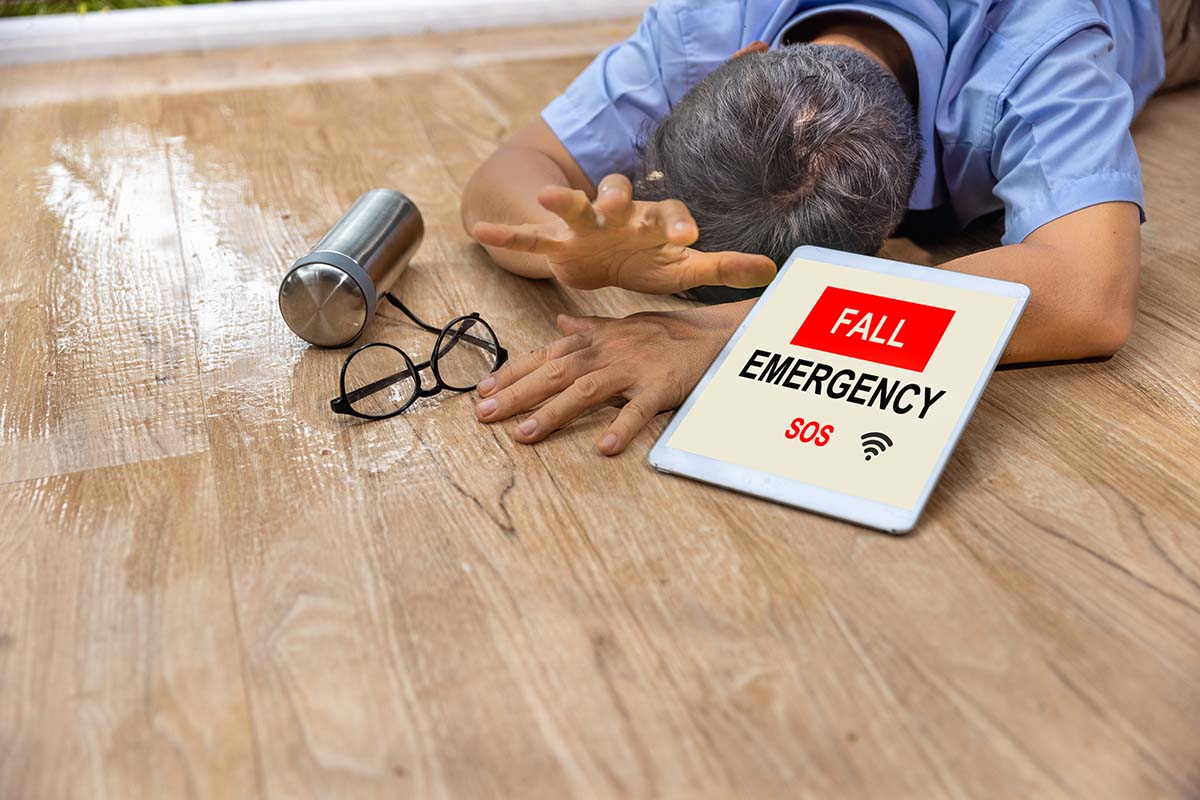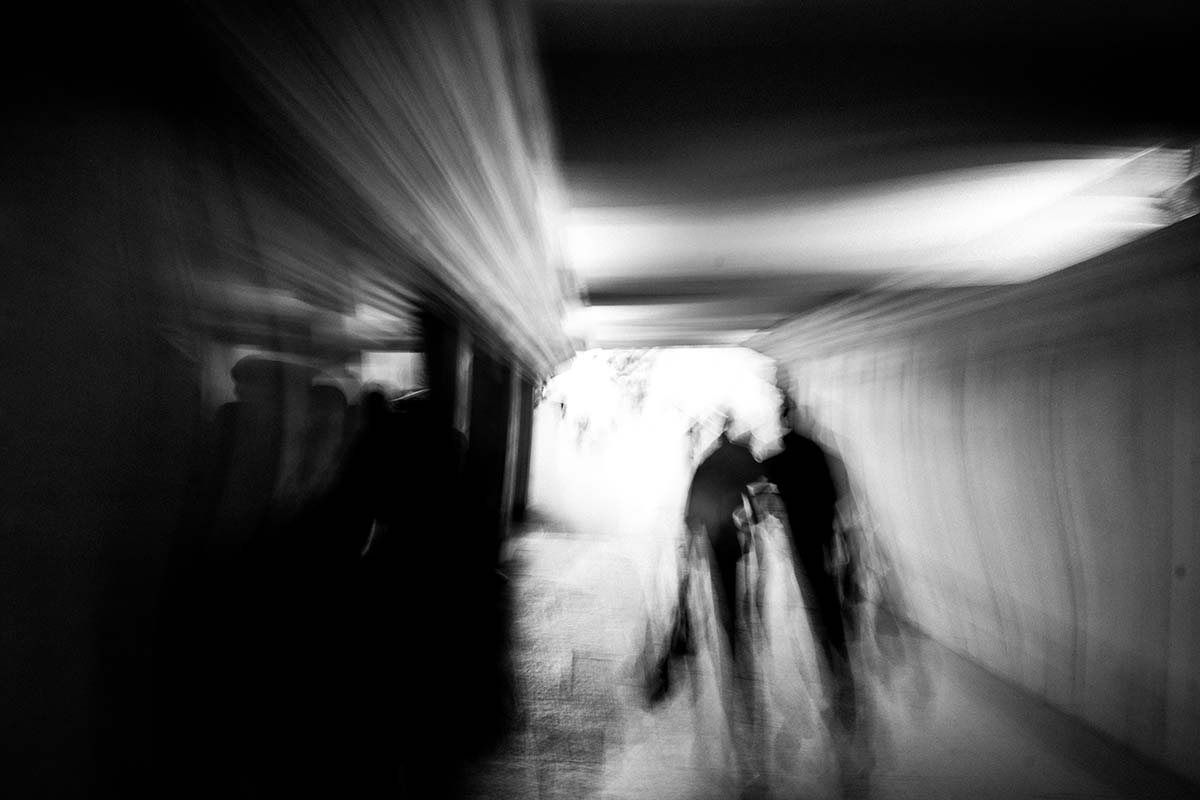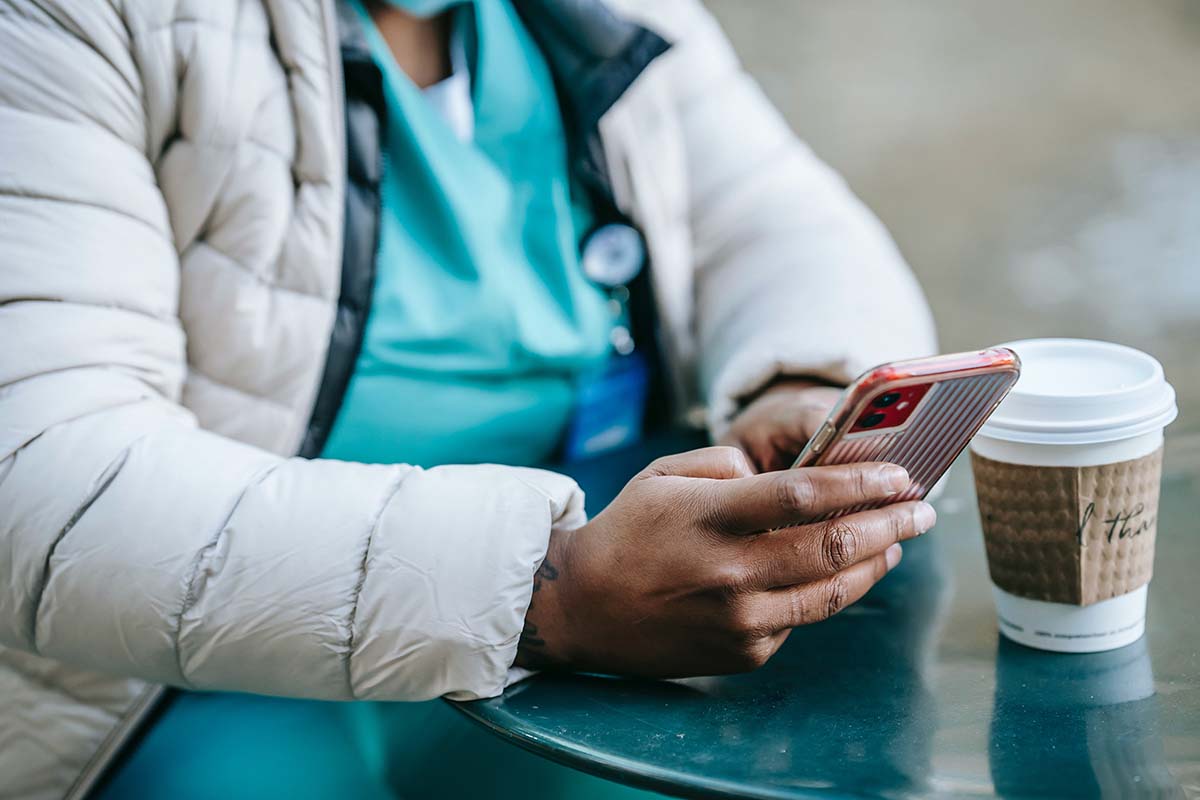How Does a Medical Alert Fall Detection System Work?
Key Points
- Fall detection systems save lives. Automatically detect falls and alert emergency services, ensuring prompt help and reducing risks for seniors and high-risk individuals.
- Empowers independence. Seniors using fall detection systems feel safer, stay active, and avoid functional decline, enhancing their quality of life and independence.
- Key for medical emergencies. With built-in sensors and emergency buttons, these devices provide peace of mind by preventing prolonged harm from falls or medical events.
According to the Centers for Disease Control and Prevention – CDC – one in four seniors, age 65 and older, falls each year.
Even if there are no injuries, falls hurt their quality of life.
A medical alert fall detection system can offer peace of mind for elderlies and people who are at high risk when living alone.
They are essential tools that help seniors and individuals with mobility issues avoid serious injuries or death from falls.
What is a medical alert fall detection system?
A medical alert fall detection system is a device that will detect when someone falls – it automatically calls for help.
These systems are usually worn on the wrist or as a necklace, typically paired with an app on the person’s phone.
There are two types of medical alerts fall detection systems:
- One-way – This type of system will call for help but does not have any type of two-way communication. The person has to call back to speak with someone and cannot talk to them during the incident.
- Two-way – This type of system has reciprocal communication between the person wearing it and emergency responders monitoring the situation from afar. The individual can speak with those watching their condition and vice versa, which can be helpful in many cases.
Medical alert fall detection systems are typically prescribed for those at risk of falling.
The elderly over 65 represent the highest risk for falls due to age-related changes in balance and mobility – fall detection helps protect them from serious injuries or even death from an incident.
People with cognitive impairment and those with mobility impairments can also benefit from fall detection systems.
Also, if a person takes medication that makes them lightheaded or has a medical condition that makes them prone to a stumble or passing out, these devices can be a lifesaver.
They have even been used by participants in some extreme sports, such as mountain biking, rock climbing, or horseback riding.
Folks may desire a fall detection system, mainly if they frequently go out independently.
What medical conditions make people more likely to fall?
People with the following long-term medical conditions, which make them dizzy, unbalanced, lose consciousness, or are less tactile and visually sensitive, have a higher risk of falling:
- Parkinson’s disease;
- Multiple sclerosis;
- Stroke;
- High blood pressure;
- Diabetes;
- Panic disorders;
- Seizure disorders;
- Anemia;
- Irregular heartbeat;
- Meniere’s disease;
- Traumatic brain injury;
- Postural hypotension;
- Depression;
- Foot and toe deformities;
- Alzheimer’s disease;
- Dementia.
The inner workings of a fall detection device
Fall detection devices contain accelerometers, a low-power radio wave technology sensor that constantly detects changes in motion.
Built-in technology such as chips automatically activates the sensors, which monitor all a person’s movements and detect abrupt changes in body movements.
The device can assess a person’s body position, physical activity, and the smoothness of motions.
When something is off and doesn’t quite gel with its parameters, it calls for help.
The device will automatically activate an emergency alarm when a fall is detected.
However, if the person hasn’t fallen, the alarm can be canceled.
The medical alert fall detection system checks regular body movements for 20 to 30 seconds after the abrupt change to let you turn off the alarm.
For example, if you took the device off and dropped it on the floor.
If the device detects no movement, it will activate a second alarm, one of which will contact emergency response personnel.
Depending on the device, this medical alert fall detection system can be worn around your neck, on your wrist, or on your waist.
What happens when a fall occurs?
Falls are a significant public health problem on a global scale – they are the second most common cause of unintentional fatalities.
Nonetheless, most falls don’t result in injuries.
But when they do, particularly for seniors, they are incredibly troublesome. One in every five falls results in a catastrophic injury and can cause serious injuries.
Some of the problems associated with falls are:
Physical injuries
Wrist, arm, ankle, and hip fractures are the most common injuries after a fall.
As a result of these injuries, a person could find it challenging to move around, perform daily duties, or live independently.
There could also be pain, bruising, superficial wounds or scratches, hematomas, and/or lacerations.
Falls can cause head trauma
Head trauma is a severe issue l and can be potentially life-threatening, especially if there is intracranial bleeding.
It is essential to ensure no brain injury after a fall. A senior who slips and harms their head should see a doctor immediately.
Fear of falling
Even if a fall does not result in a physical injury, many people develop PTSD because they become afraid of falling.
They become afraid to an unnatural degree. This fear may cause them to self-impose limitations regarding their activities.
This overwhelming fear can lead a person to cut down on their joys.
Benefits of a fall detection system
As people age or face mobility challenges, the risk of falls becomes a significant concern for both individuals and their loved ones.
Fortunately, advancements in technology have made it possible to monitor and respond to falls quickly, providing greater peace of mind and safety.
One solution that has proven especially helpful is fall detection devices and systems. The benefits of fall detection devices and systems include:
- Fall alert systems
An alarm automatically activates when a person is in distress, even if they can’t activate it themselves.
- Fall detection technology
The built-in technology addresses the hiccup of being unable to press a button during a fall. A fall detection system alerts emergency services and provides the necessary information to save a person’s life without the victim’s input.
- Seniors’ independency
Seniors who want to stay independent and in their own homes can benefit from fall detection systems.
Assurance
It provides peace of mind for those who worry about their loved ones and what they are doing while they are away.
They can be sure that prompt medical assistance will be sent if a parent crashes against the floor or experiences a serious medical emergency.
Emergency fall buttons
Emergency fall buttons prevent seniors from lying helplessly for hours or days on the floor.
It protects them from more severe problems like hypothermia and dehydration when a fall occurs.
Reduces fear of falling
Fall detection for elderly patients can help reduce the fear of falling. Seniors who don’t fear falling don’t limit their activity, which keeps them physically active and avoids functional decline.
Importance of fall detection devices
Fall detection devices are mainly used for elderly people and patients. Folks with mobility issues or with dementia or Parkinson’s disease.
At their core, they can help prevent injuries and death by detecting when someone has fallen and alerting emergency services.
They are critical tools in a person’s healthcare arsenal – they can alert emergency services before it’s too late. They truly are life savers.





















